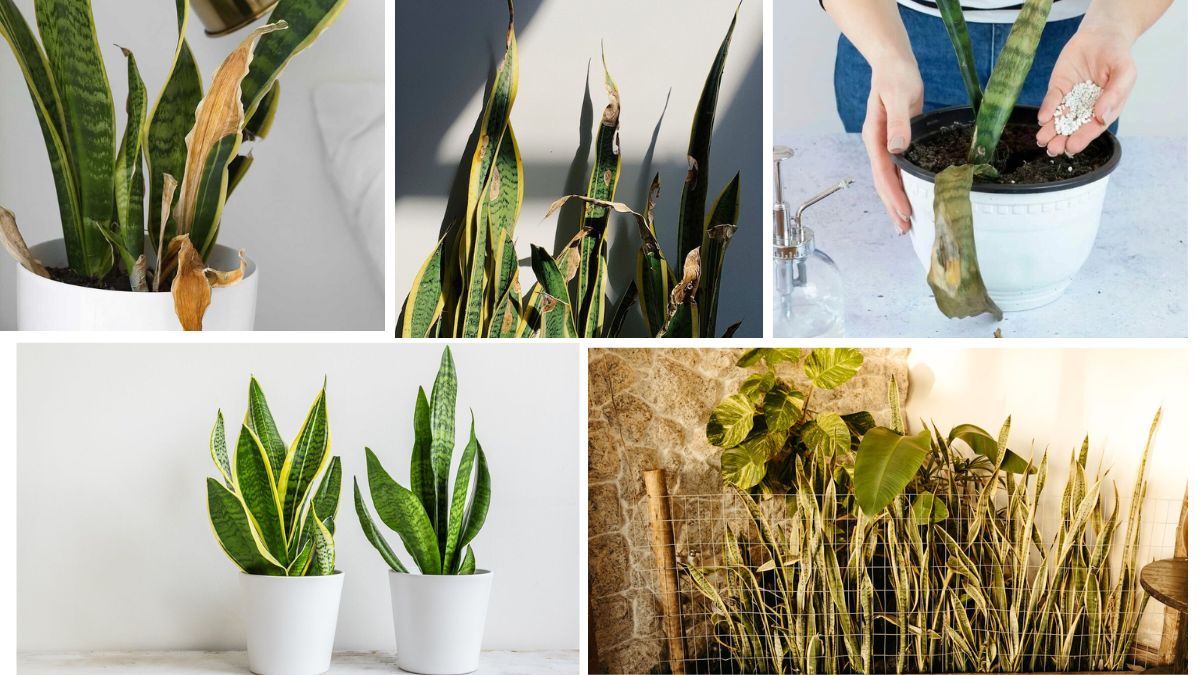Snake plants (Sansevieria spp., also known as Dracaena trifasciata) are among the most resilient and low-maintenance houseplants. Their stiff, upright leaves and minimal watering needs make them a favorite for beginners and seasoned plant lovers alike. However, like all living organisms, snake plants can fall victim to diseases—especially when their growing conditions are not ideal. Understanding the common diseases that affect snake plants and knowing how to treat and prevent them is key to keeping your greens healthy and thriving.
In this article, we’ll explore the most frequent snake plant diseases, their symptoms, causes, and step-by-step solutions to nurse your plant back to health.
1. Root Rot: The #1 Killer of Snake Plants
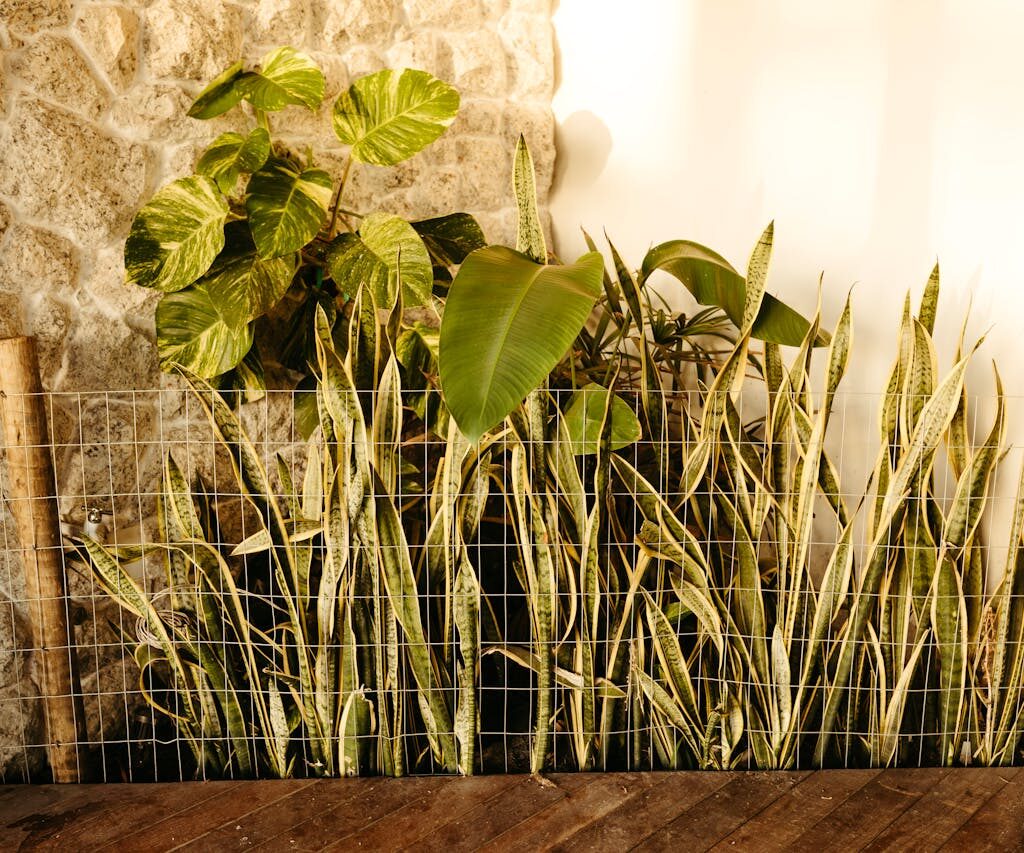
Symptoms:
- Yellowing leaves
- Mushy or soft roots
- Foul odor from the soil
- Wilting even with moist soil
Cause:
Overwatering is the primary cause. Snake plants are succulents and store water in their thick leaves. When left in soggy soil for extended periods, their roots start to rot due to lack of oxygen and the growth of harmful pathogens.
How to Fix It:
- Remove the plant from its pot and inspect the roots.
- Cut away any brown, mushy, or black roots with sterilized scissors.
- Allow the remaining healthy roots to air-dry for a few hours.
- Repot in a well-draining mix (cactus or succulent soil works best).
- Water sparingly—only when the soil is completely dry.
2. Leaf Spot Disease
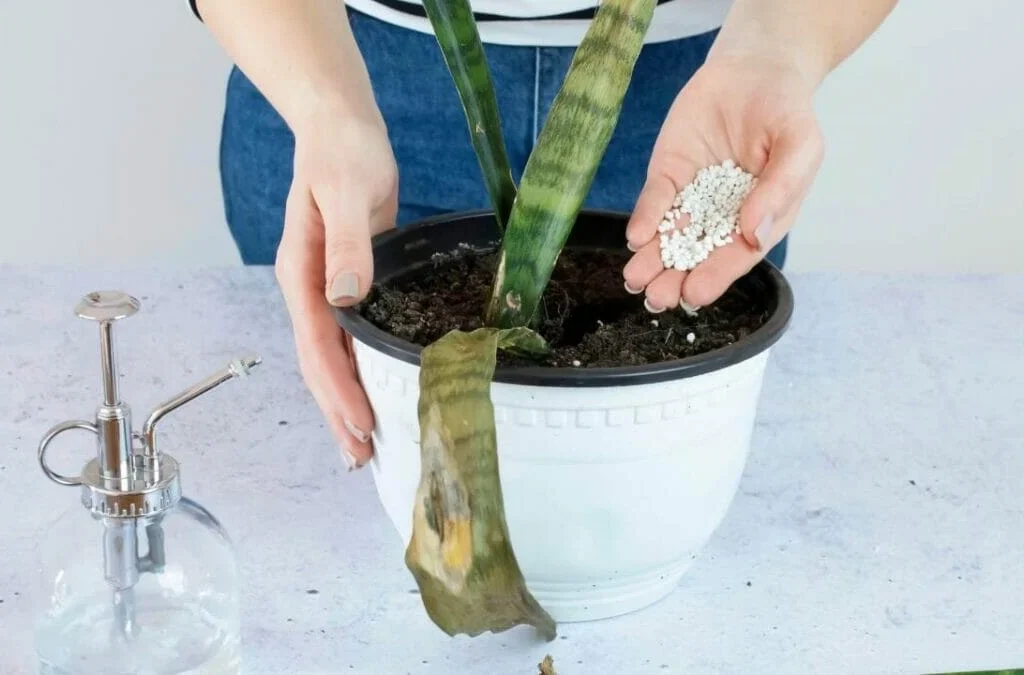
Symptoms:
- Brown or black spots with a yellow halo
- Soft, sunken areas on leaves
- Spots may grow over time and cause leaf collapse
Cause:
Usually caused by a fungal or bacterial infection, often due to excess humidity or water left sitting on the leaves for too long.
How to Fix It:
- Isolate the infected plant to avoid spreading the disease.
- Prune the affected leaves using sterilized shears.
- Improve air circulation around the plant.
- Avoid misting and ensure the leaves stay dry.
- Treat with a fungicide or bactericide if symptoms persist.
3. Southern Blight (Sclerotium rolfsii)

Symptoms:
- Rapid yellowing and wilting of lower leaves
- White, cottony fungal growth near the soil surface
- Hard, mustard seed-like structures (sclerotia) on the soil
Cause:
A soil-borne fungus that thrives in warm, moist environments.
How to Fix It:
- Discard the plant and soil if infestation is severe.
- Sanitize the pot with a bleach solution before reuse.
- For mild cases, remove the top few inches of soil and replace it with sterile potting mix.
- Apply a fungicide specifically labeled for Southern Blight.
4. Mealybugs and Scale Insects
Though not a disease, pest infestations can cause disease-like symptoms such as leaf yellowing, stunted growth, and sticky residue.
Symptoms:
- Cottony white masses (mealybugs)
- Brown or black bumps (scale insects)
- Sticky residue (honeydew)
- Yellowing or curling leaves
Cause:
Infestation from insects that suck the plant’s sap, weakening it over time.
How to Fix It:
- Wipe insects off with a cotton swab dipped in rubbing alcohol.
- Spray the plant with neem oil or insecticidal soap weekly.
- Isolate the plant to prevent spreading.
- Remove heavily infested leaves if needed.
5. Anthracnose (Fungal Leaf Blight)
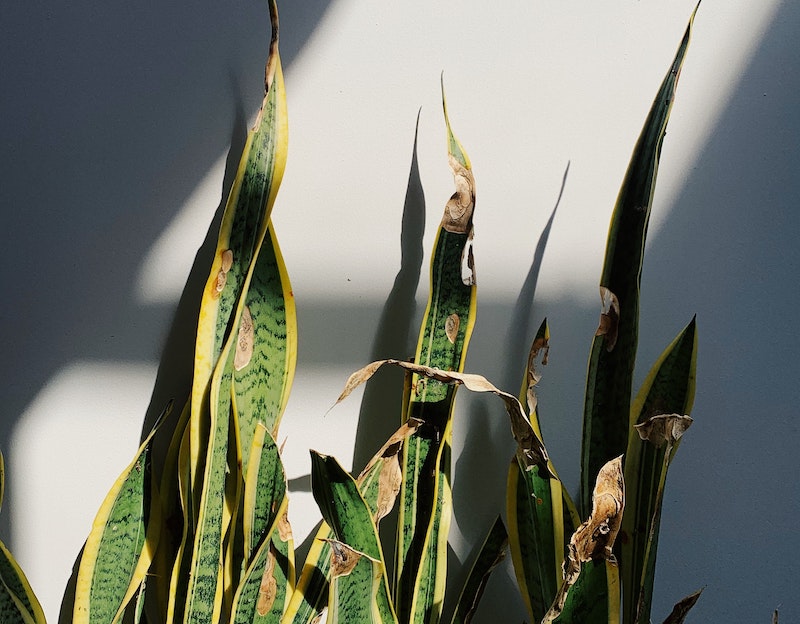
Symptoms:
- Brown, irregular-shaped lesions on leaves
- Dark, sunken spots
- Leaves may curl and dry out
Cause:
Caused by fungi such as Colletotrichum species, which thrive in warm, humid conditions.
How to Fix It:
- Remove and destroy infected leaves.
- Avoid overhead watering.
- Apply a copper-based fungicide to control spread.
- Improve ventilation and reduce humidity.
6. Powdery Mildew
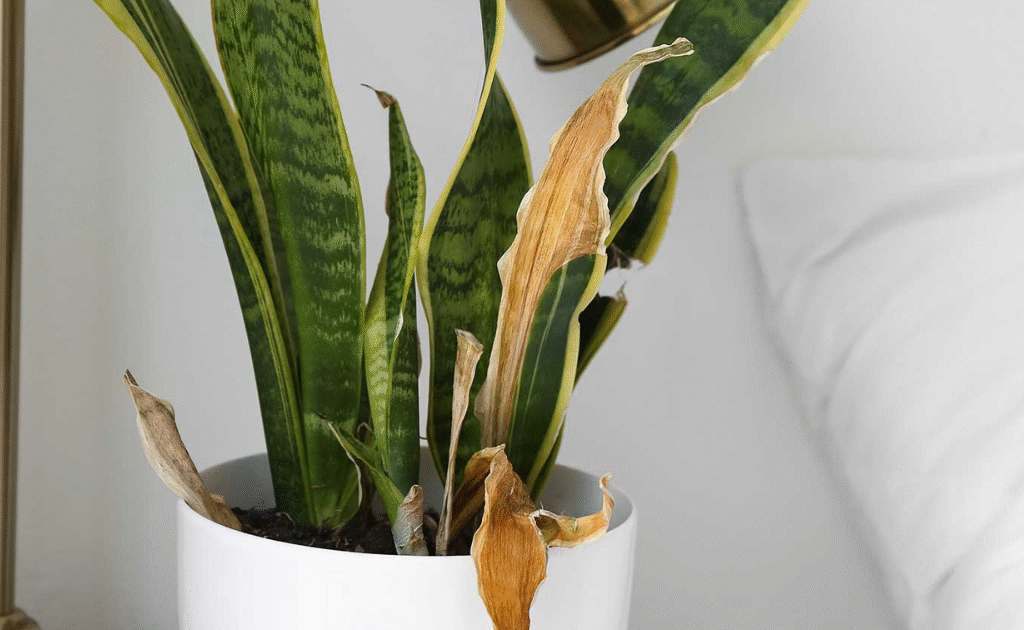
Symptoms:
- White, powdery coating on the leaves
- Leaves may curl or appear distorted
- Slowed growth
Cause:
A fungal disease that thrives in high humidity and poor airflow.
How to Fix It:
- Improve air circulation around the plant.
- Treat with sulfur-based fungicide or neem oil spray.
- Avoid misting the plant.
- Keep it in a well-lit, dry area.
7. Botrytis Blight (Gray Mold)
Symptoms:
- Gray, fuzzy mold on the surface of leaves or soil
- Water-soaked lesions on leaves
- Wilting and decay
Cause:
Caused by Botrytis cinerea, which develops in cool, damp conditions.
How to Fix It:
- Prune affected areas and dispose of them.
- Increase sunlight exposure and airflow.
- Avoid water splashing on leaves.
- Treat with a broad-spectrum fungicide if needed.
Prevention Tips: Keep Your Snake Plant Healthy
Even though snake plants are hardy, preventive care is always better than cure. Follow these tips to reduce the risk of disease:
Use Well-Draining Soil
Always use a cactus or succulent soil mix, or create your own by combining potting soil with perlite and coarse sand.
Water Sparingly
Water only when the top 2–3 inches of soil are dry. In winter, reduce watering further.
Ensure Proper Light
Snake plants thrive in bright, indirect light but can tolerate low light. Avoid placing them in dark, damp corners.
Maintain Cleanliness
Wipe leaves occasionally to remove dust. Sterilize tools before pruning.
Watch for Pests
Inspect new plants before introducing them indoors. Treat pests immediately to avoid spread.
Don’t Overcrowd
Give each plant enough space to allow airflow, which prevents fungal diseases.
Final Thoughts
While snake plants are known for their toughness and adaptability, they’re not immune to disease—especially when subjected to poor conditions like overwatering, high humidity, or low airflow. By learning to recognize early symptoms and taking quick action, you can treat most diseases before they become fatal. With the right soil, proper watering schedule, and care routine, your snake plant will continue to purify your air and brighten your home for years to come.
